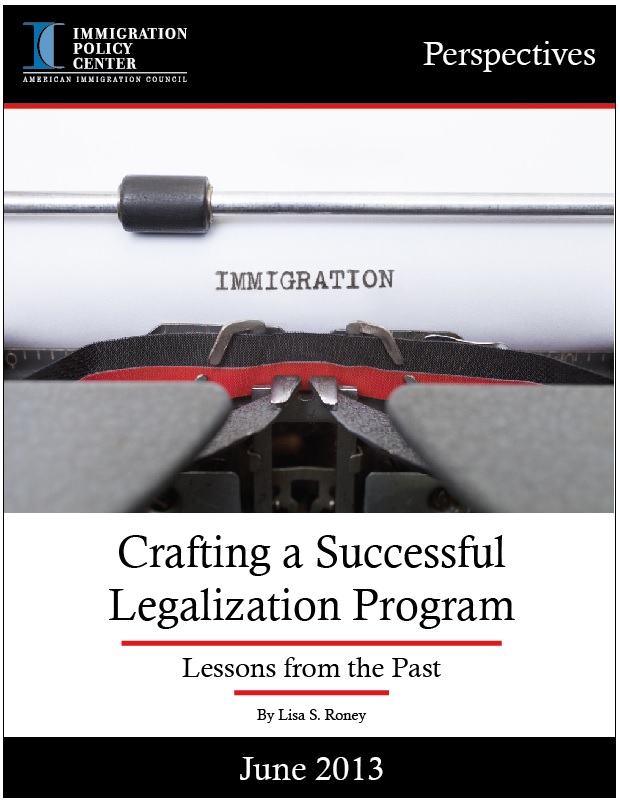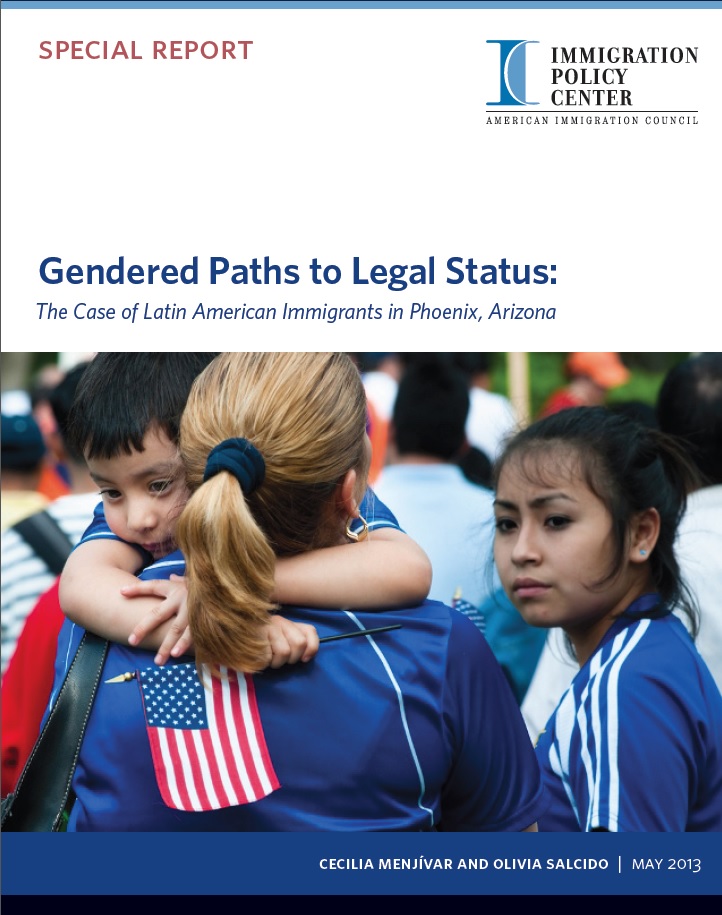The Personal Story of a Binational Same-Sex Couple’s Struggle to be Together Under Current Immigration Laws

By Judy Rickard
Today in the United States, Lesbian, Gay, Bisexual, and Transgender (LGBT) Americans who fall in love with and marry foreign nationals are being asked to choose between country and spouse, country and career, and country and family. I know this because I have spent the last several years in a battle with my own government to recognize my wife for immigration purposes. Trying to keep my marriage to a British national together has cost me my career and a full pension, time away from my American family and friends, as well as a great deal of stress over finances and my future.
Gay Americans who are legally married in the U.S. have a marriage that is not recognized by the federal government. Therefore, the 28,500 same-sex binational couples in America, in which one spouse is an American citizen, are in a situation where they cannot sponsor their husbands and wives for immigration purposes. This also means they do not receive the 1,138 federal rights, benefits, protections, and obligations that automatically come with marriage and serve to protect and support families.Read more...
Published On: Mon, Apr 29, 2013 | Download File



 This special report by Cecilia Menjívar and Olivia Salcido for the Immigration Policy Center looks at immigration law, which on its face appears gender neutral, but actually contains gender biases that create barriers for many women trying to gain legalization within the current immigration system. These inequalities appear across immigration law, and even as new laws are put into place, stereotypes and assumptions remain unchallenged. Ironically, even laws written specifically to protect women, such as the Violence Against Women Act (VAWA), continue to play out in practice along gender-biased lines.
This special report by Cecilia Menjívar and Olivia Salcido for the Immigration Policy Center looks at immigration law, which on its face appears gender neutral, but actually contains gender biases that create barriers for many women trying to gain legalization within the current immigration system. These inequalities appear across immigration law, and even as new laws are put into place, stereotypes and assumptions remain unchallenged. Ironically, even laws written specifically to protect women, such as the Violence Against Women Act (VAWA), continue to play out in practice along gender-biased lines.

